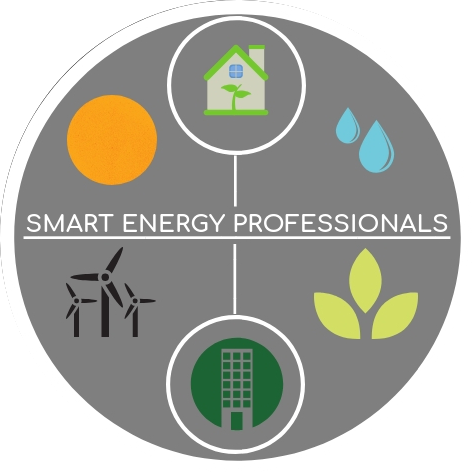Why Is My Second Floor So Hot In The Summer?
Cracking the Code: Understanding the Summer Scorcher on Your Second Floor
Hot second floors during the summer can make it hard to sleep, stay comfortable, and can jack up your energy bills. This blog post will examine potential causes and solutions.
What Are The Causes?
Let’s examine the potential causes of uncomfortable temperature differentials.
Heat rising: Hot air naturally rises, so the upper levels of a building tend to be warmer than the lower levels. As a result, the second floor can accumulate more heat than the first floor.
Inadequate insulation and excess leaks: Insufficient insulation and gaps within the attic will allow unrestricted cool air to escape. This increases the second floor temperature and puts a greater strain on your cooling system.
Inefficient attic ventilation: Temperatures in the attic on a summer day can routinely be 20 degrees or warmer versus outside. If your attic is choked off and not allowed to breathe then it will be even hotter! The hot second floor ceiling will act as a sponge for your cool air. It will also reduce the life of your roof.
Ductwork and HVAC issues: If the airflow from the cooling system is not properly balanced or if there are problems with the ductwork, it can result in uneven cooling. Insufficient air circulation to the second floor can leave it warmer than desired.
Solar heat gain: If the second floor receives direct sunlight for a significant portion of the day, it can lead to increased heat absorption. Large windows, inadequate shading, or insufficient use of blinds or curtains can contribute to solar heat gain and make the second floor hotter.
Two inches of insulation is not nearly enough to effectively contain cold air from your AC unit.
What Are The Solutions?
Before we get into the potential solutions below it needs to be noted that because heat rises these solutions will reduce the temperature differential and not eliminate it.
Improve insulation and seal gaps: Ensure that the second floor attic is insulated to R-49 and that gaps in the attic that allow air to escape are sealed.
Ensure proper attic ventilation: Improve airflow and ventilation on the second floor. Open windows to create cross ventilation, use ceiling fans or portable fans to circulate air, and consider installing attic fans or whole-house ventilation systems to exhaust hot air.
Shading and sun control: Utilize blinds, curtains, or shades on windows to block direct sunlight during the hottest parts of the day. Additionally, consider installing external shading devices such as awnings, window films, or solar screens to reduce solar heat gain.
HVAC adjustments: Have a professional inspect and balance your HVAC system to ensure proper airflow to the second floor. They can also identify any ductwork issues that may be hindering cooling efficiency.
Conclusion
The first step to understanding your problems and solutions is to request an energy audit. This whole home, comprehensive diagnosis will uncover the most cost effective options to consider before spending significant amounts of money. This includes a whole home leakage test and an infrared scan. Get started by scheduling an energy audit with Smart Energy Pros today!


